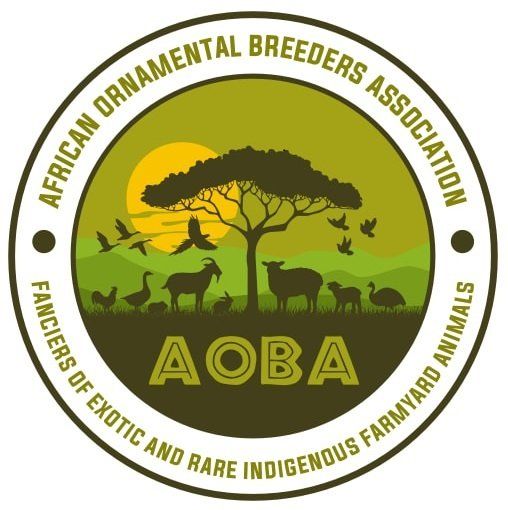Preserving the Bruges Fighter – Part III:
The Importance of Line Breeding.
The Importance of Line Breeding in the Bruges Fighter
The Bruges Fighter, an iconic Flemish Belgian chicken, is one of the most endangered poultry breeds in Belgium. With fewer than 200 birds remaining in its native country, preserving this unique genetic population presents a significant challenge. Line breeding plays a crucial role, not as an end in itself, but as a carefully managed tool to maintain the breed’s genetic identity and distinctive characteristics.
Why Line Breeding is NECESSARY
Line breeding, a controlled form of inbreeding where closely related birds are crossed (but not necessarily siblings), serves several important purposes:
Enhancing desirable traits
The Bruges Fighter is known for its robust build, characteristic posture, and specific body type. Targeted line breeding helps reinforce and fix these unique traits within the population. This is especially important for a breed with a small gene pool, where uniformity and breed purity are essential.
Identifying and eliminating undesirable recessive genes
Line breeding increases the likelihood of recessive genes expressing themselves. This allows breeders to identify birds carrying harmful genetic traits and remove them from the breeding program, thereby protecting the overall health and vitality of the population.
Creating stable, uniform lines
For rare breeds like the Bruges Fighter, it is important to maintain predictable and consistent characteristics. Line breeding establishes the foundation for sub-lines, which can later be combined through line-crossing to introduce genetic diversity without losing key breed traits.
Practical Application in the Bruges Fighter
Breeding programs, such as those managed by AOBA, demonstrate how line breeding is applied in practice. The colonial strain in Africa, originating from missionary bloodlines between 1955 and 1991, and the modern Belgian lines imported in 2024, are carefully separated and managed. By creating sub-lines — such as the "European Improved - Colonial Line" and the "Synthesis Line" — breeders can improve specific traits while maintaining genetic diversity.
Ultimately, line breeding is combined with outcrossing, where birds from different lines are crossed to introduce new genetics. This prevents the negative effects of prolonged inbreeding, such as reduced vitality or fertility, while preserving the characteristic features of the Bruges Fighter.
Conclusion
Line breeding is not an end in itself for the Bruges Fighter, but a necessary tool for conserving the breed. It enables breeders to preserve the unique physical and genetic traits of this Flemish icon, eliminate harmful genes, and build a stable, future-proof population. Through careful management and strategic crossing of colonial and Belgian bloodlines, the Bruges Fighter can be preserved for future generations despite its critical status.
I wish to state explicitly that neither I nor AOBA consider ourselves “experts” in the Bruges Fighter. We simply had the good fortune of inheriting what we have. All credit belongs to the breeders who came before us.
Special thanks
I would like to thank Joost De Meyer, a true master breeder of Brugse Vechter, for his guidance and valuable advice. His knowledge and passion are a great inspiration to me as a starting breeder.
Jean Kiala-Inkisi
President – African Ornamental Breeders Association (AOBA)

